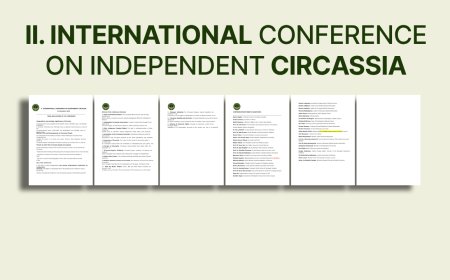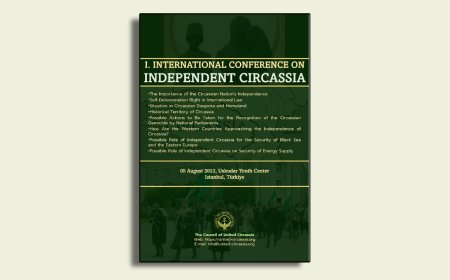Historical Territory Of Circassia
Historical Territory Of Circassia

The homeland, where the Circassians have lived for centuries, is called "Circassia" in historical documents.
Reliable information on the lands of Circassia, where Circassians have lived for centuries, show that the generally accepted borders today cover a much more limited area than they should have been. A map created by James Bell, dating 1840 is generally referred as the exact borders and homeland of the Circassians. Although the map is indicating that the Circassians lived in the southern part of the Kuban (Psyj) river only, there was a significant Circassian presence between the Kuban and Don rivers before this map created.
Until the Mongol invasions, on the eastern shores of the Black Sea and Azov, the Italians and the Eastern Romans called Zikh, the Eastern Slavs called Kasog, the Persians called Kashak, the Circassians ruled a wide area from Chernihiv near Kiev in the north to the Itil river and in the south to the Rion river. It is known that there was a strong Circassian presence in the North Caucasus, with the Alans.
In the 13th century, the Central North Caucasus was almost completely dehumanized as a result of the Mongols' massive destruction of the Alans. The medieval ethnic structure of the Central North Caucasus was largely destroyed by the Timurid invasion in the 15th century, and over time the Circassians again advanced north and east.
In the historical records it is mentioned that the Jane or Zhaney group (A Circassian tribe) who lived at the north of the Kuban river and between the Don river and Taganrog. Although the Jane tribe among the Circassians is accepted at the dynasty today, it is known that this group was actually a large Circassian community that had a serious organizational structure such as state level. The Jane group, with its 300,000 population was the sovereign power between Kuban and Don rivers. As a result of the increasing dominance of the Crimean Khanate and the Ottoman Empire in the region, the population of the Janes decreased drastically. Another source regarding the Circassian presence in the north of the Kuban is that many Circassian settlements were established on the southern shores of the Don River during the reign of King Yinal.
Based on this information, it can be assumed that the borders of Circassia; Don River in the north and the Manych river line in the northwest, Dagestan, Chechnya, Ingushetia and North Ossetia in the east (with the Mezdeug region remaining within the borders of Circassia), the Caucasus mountain range and Abkhazia in the southeast, the Black Sea in the south and the Sea of Azov in the west. The area between these borders is approximately 190 thousand km².





















